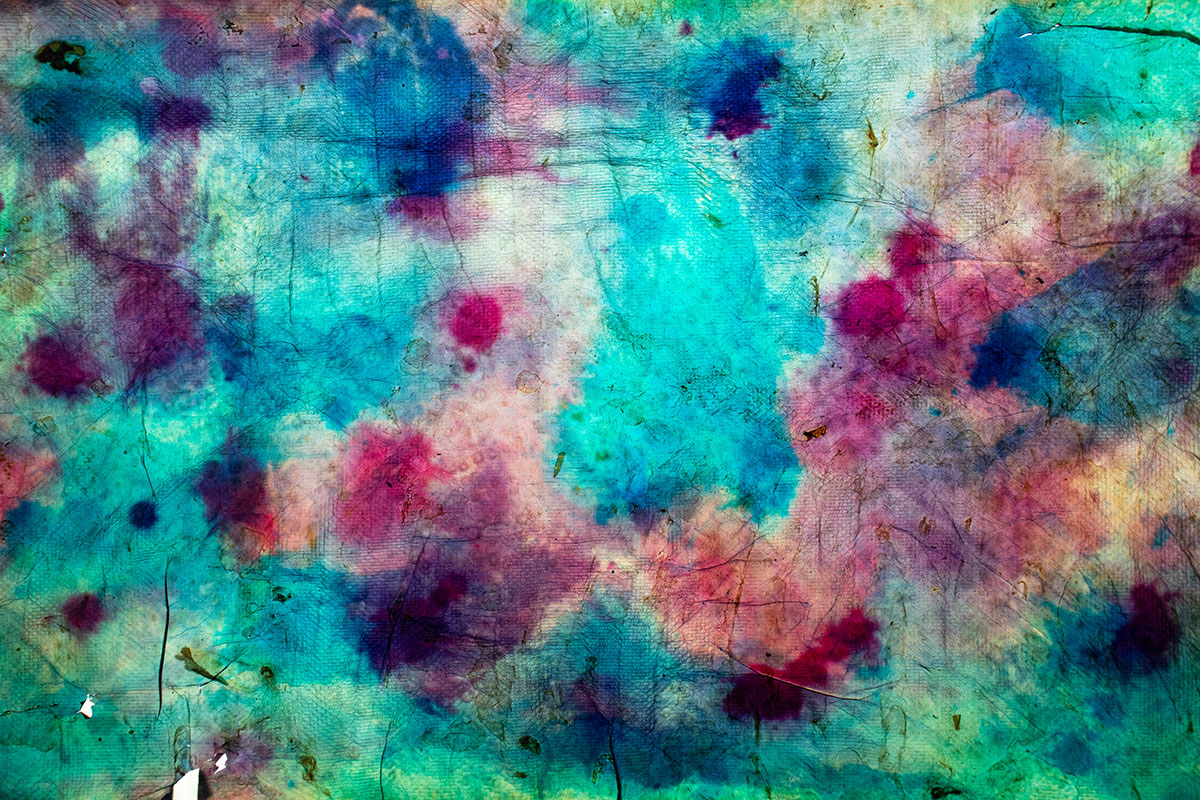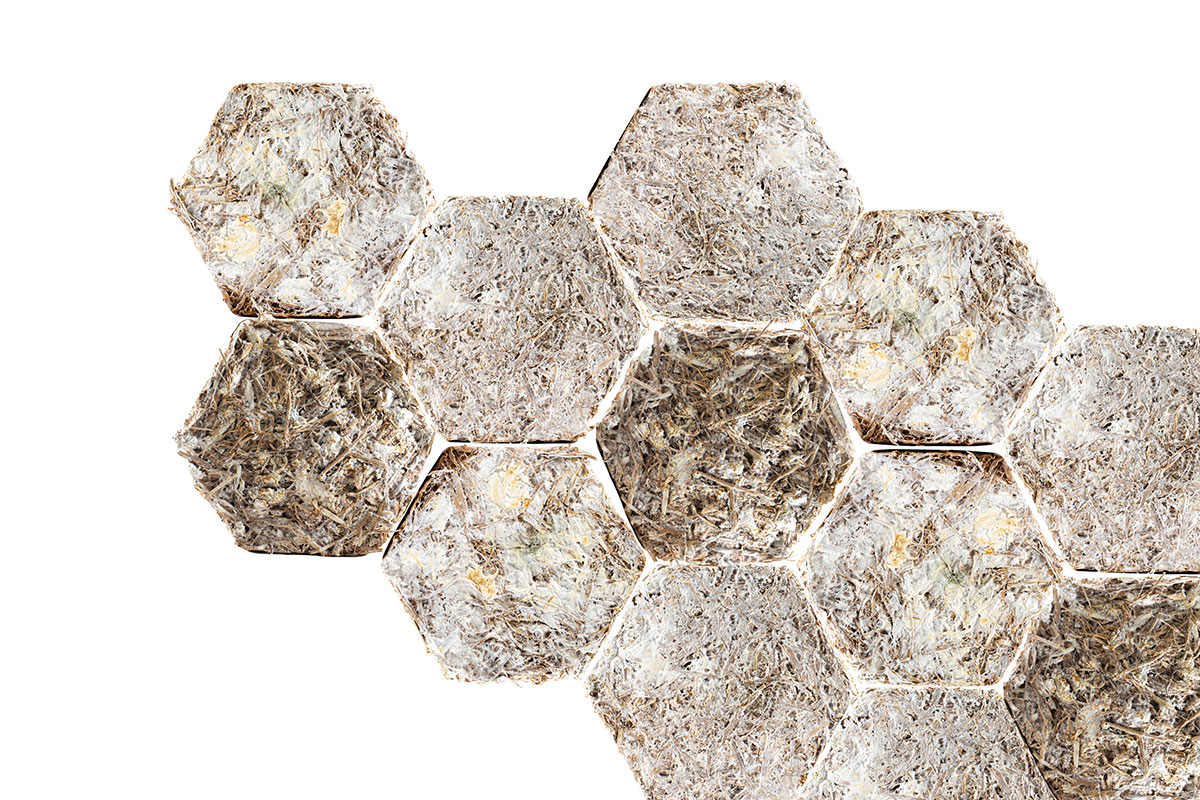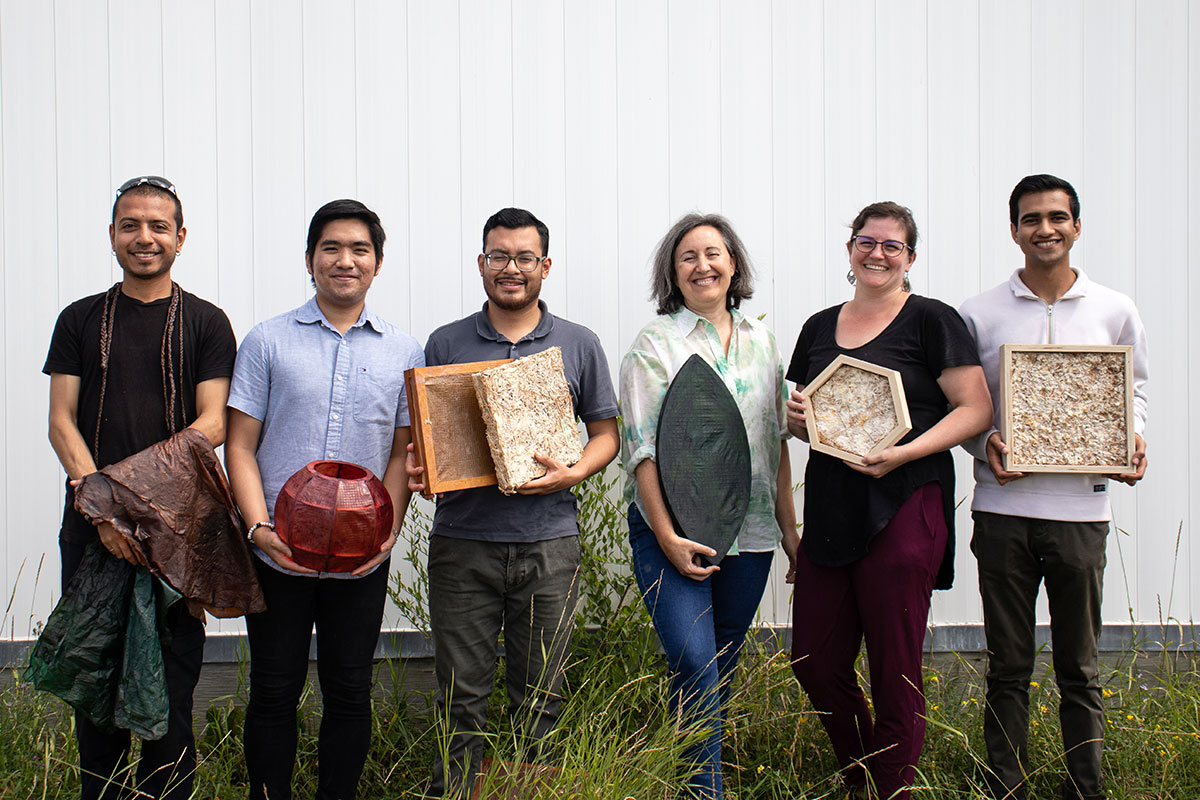
Bacterial Cellulose Biomaterial
Growing a better future
Biomaterials: A pathway towards resilient architecture in Northern Canada
Increasing fuel prices and other supply chain issues are contributing to a Northern housing crisis. With little or no housing available in Nunavut, almost, “90 per cent of households said their housing was unaffordable,” according to a recent report by CBC. A team of UM researchers are trying to change this with a revolutionary plan to grow construction materials at the Northern and remote building sites.
Project lead Mercedes Garcia-Holguera and research partner Shawn Bailey received federal funding this year for biomaterials research through the New Frontiers Research Fund. The research team at the UM Faculty of Architecture BIOM_Lab take an ecologically inspired approach in experiments with traditional organic materials like wood, alongside less traditional biomaterials like fungal mycelium.
Dr. Garcia-Holguera is a registered architect originally from Salamanca, Spain, who coined and developed the ecomimetic method, which seeks to optimize the resources used in buildings. She believes that professional practice needs to move away from mechanistic interpretations of environmental issues and toward the more holistic and inclusive understandings offered by regenerative and biomimetic design.

Mycelium Biomaterial
“At the BIOM_Lab we are investigating the properties of certain organisms to create new materials with optimized mechanical and hygrothermal properties, which create less waste, require less energy to manufacture, and can be produced close to construction sites,” says Dr. Garcia-Holguera. “For example, we are currently developing combinations of substrates of locally produced industrial and agricultural waste inoculated with mycelium. This mycelium-based products could be used in the future for insulation, acoustic or structural purposes in our buildings.”

‘TeamBIOM_Lab’ team members from left to right: Leonardo Tellez Gonzalez (MITACS Intern), Dominico IV Obmerga (Undergraduate research assistant), Magdiel Antonio Ramos (MITACS Intern), Mercedes Garcia-Holguera (Assistant Professor, Faculty of Architecture), Jessica Piper (Research Assistant), Vyas Gopal (Undergraduate Research Assistant).
Dr. Garcia-Holguera and collaborator Shawn Bailey see a potential in this project to help grow resiliency and independence in Northern communities. In Arctic regions where wood does not grow, the researchers hope to provide a local substitute based in the local climate. “When we think about reconciliation with Northern Peoples, we think of the significant problems related to inappropriate housing due to an over-reliance on Southern building standards,” Garcia Holguera says.
Construction materials like press board and asphalt shingles are costly to transport and often need to be replaced. A substitute based on locally grown biomaterials could serve a similar function, would be biodegradable and could be produced at a relatively low cost. “There is this enormous database of solutions in nature for designers to learn from,” Garcia Holguera explains, “and some biomaterials could have application even beyond the Earth.”
As the most extreme environment inhabited by humans, scientists can use lessons learned in Arctic research to inform plans for human inhabitation of Mars and vice versa. For the past two years, Dr. Garcia-Holguera has exposed students to these ‘extreme design conditions’ and have them develop projects on Mars and the Arctic using the biomimetic methodology in collaboration with European researchers. The experience shows that we have much to learn by combining our biomimetic approach with Indigenous knowledge and providing benefits back to these Northern communities is crucial to the success of this approach.”
Shawn Baily and Dr. Garcia-Holguera will commence an Indigenous consultation process this Fall. Their team includes one PhD student already, and they have room for more. The multi-disciplinary and community-based approach of biomaterials research means strong collaboration beyond the Faculty of Architecture. Masters and PhD students with focus in Indigenous Studies, Engineering and Biology, especially those with roots in Northern or Arctic communities, are encouraged to apply.
Contact Dr. Mercedes Garcia-Holguera to learn more or to get involved.
Research at the University of Manitoba is partially supported by funding from the Government of Canada Research Support Fund.






